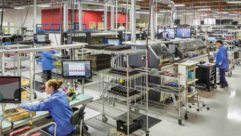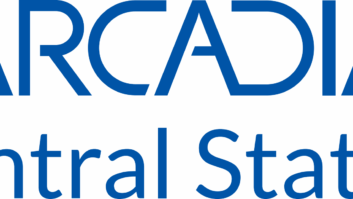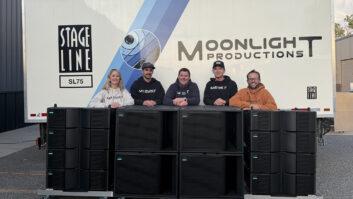The international enterprise with various subsidiaries, local plants, and satellite offices has a unique challenge when it comes to distributing content to place-based screens, employee desktops, or mobile devices. Corporate communicators need to strike the right balance between messaging from headquarters and content originating from the local office. This can be a difficult and politically awkward undertaking because conflicts often arise over what content is most important to the audience. On one hand, employees will benefit from corporate-wide content that serves to align and inform everyone. On the other hand, content from the local office will be more relevant and relatable. Both are important, but marrying the two together requires careful consideration.
The global versus local issue also prompts discussions around workflows, content approval procedures, and governance issues, not to mention potential issues regarding multilingual content, local culture, brand consistency, and much more. There are a few approaches integrators and communications professionals can take to arrive at a content balance that is most effective. First, it is important to be mindful of company-wide communications and business objectives. Those should be the over-arching guidelines that drive the content development process. Second, keep in mind that “all politics is local.” Employees often have a greater allegiance to their local facility and may feel isolated and out of touch from headquarters, making communications even more challenging. Third, realize that different plants and facilities will have very different content needs. A large manufacturing facility with hundreds of employees will generate important content about plant safety, production KPIs, new processes, and local events. A small remote office with a few employees will generate much less content.
Integrators looking at corporate visual communications solutions need to be aware that large global enterprise clients require flexible systems that allow network operators in HQ and in local offices the ability to upload content and control distribution to any screen. The solution must support workflows that help ensure the perfect mix of corporate and local content.
Vern Freedlander is vice president of production services for Montréal-based X2O Media, a Barco company. X2O Media is a leading software developer of real-time visual communications solutions that significantly improve communications throughout the enterprise. With more than 20 years of broadcast television experience as a producer, director and executive, Freedlander oversees all of X2O Media’s content initiatives. He can be reached at [email protected].










